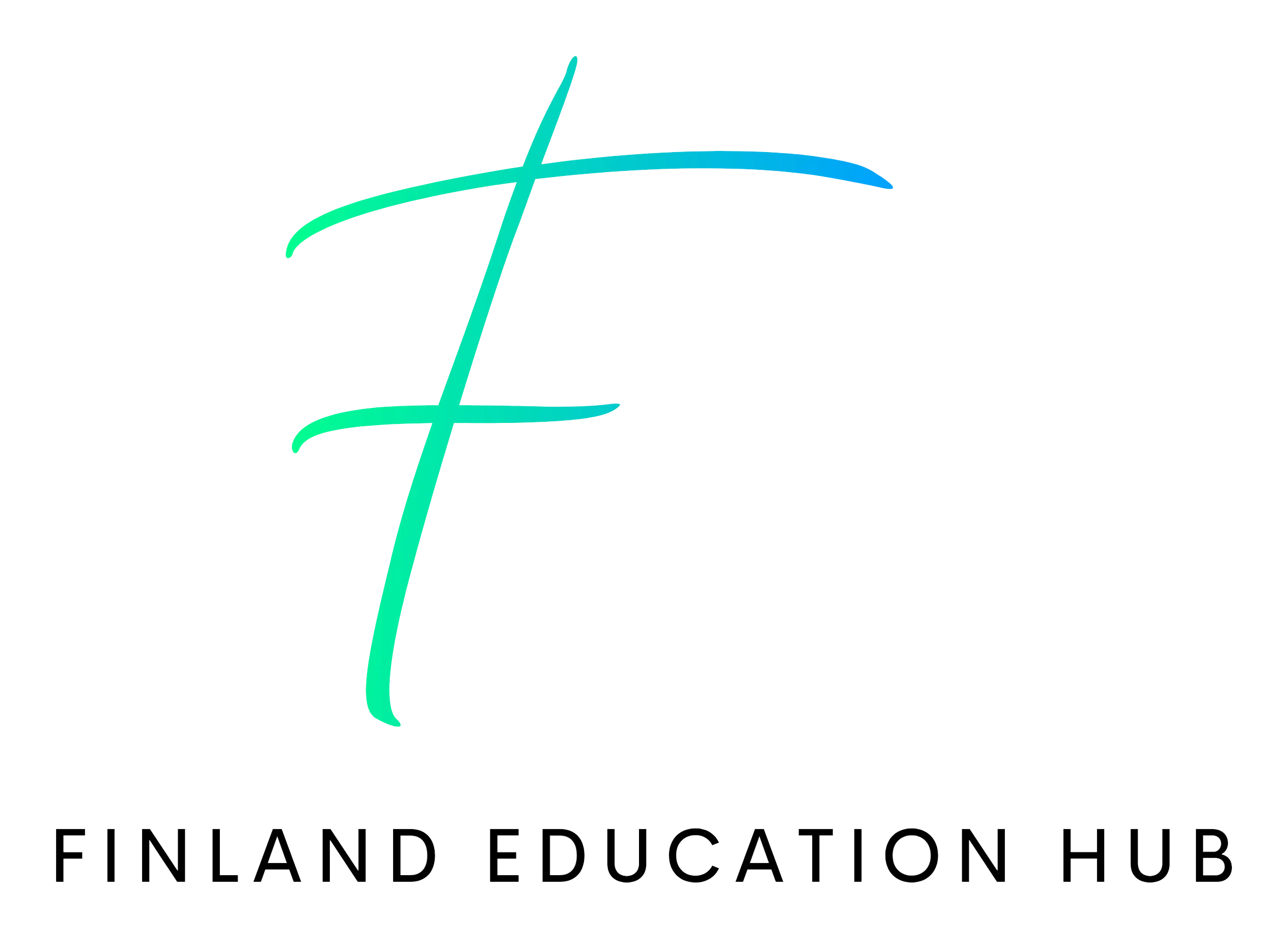What is K-12?
Technology has impacted every industry. The larger education community is no different. New modes in our never-ending educational system have been born due to revolutionary digitization. K-12 education is one of them as well. The idea of K–12 education is becoming more and more popular all over the world, but especially in places like the US, Canada, and Europe. India is leading the way among all countries thanks to its 1.4 million schools and 230 million students who participate in the modern K–12 education concept.
What is K-12 education system?
All children from kindergarten through the 12th grade now receive a strong foundational education thanks to the expanding concept of K–12 education, which has changed the conventional approach to education. There is more emphasis on teacher-student interaction in K–12 education, which includes primary and secondary education.
The K-12 educational model in India uses the letters K for kindergarten and 12 for the 12th grade. This model encompasses kindergarten, primary, secondary, high school, and pre-university education.
The K-12 Indian Education System
In India, there are 1.46 million K–12 schools, of which 54% are owned by the central or state government, 21% by municipal corporations, and the remaining 25% are privately owned. These K–12 institutions are associated with the CISCE, CBSE, and even the State Board. Following are affiliation statistics: Out of all K–12 schools in India, 96% are state board schools, 1% are CBSE schools, 0.1% are CISCE schools, and 2% are unrecognized.
The Indian educational system has widely embraced and made compulsory the K-12 model for both private and public schools. In K–12, there are numerous teacher–student interactions where the teacher promotes advanced learning habits in students by encouraging question-and-answer sessions and assignments. This approach focuses more on helping students become self-taught. This system is better than traditional educational systems because it empowers students to add value to their assignments in the form of their own viewpoints and ideas. Students are also willing to participate in a variety of discussion groups and forums where they can express their ideas and opinions.
assignments are given to K-12 student
Depending on the students’ ages and academic levels, assignments at the K–12 level can vary greatly.
They can be anything from straightforward assignments like math problems or reading comprehension tests to more challenging tasks like research papers or presentations.
Assignments are typically made to test a student’s comprehension of the material taught in class and their ability to apply it to actual circumstances.
tests are offered in grades K–12
Assessments at the K–12 level can differ greatly from assignments. They can be formal, like standardized tests, or informal, like attending class or finishing your homework.
Assessments are frequently used to track a student’s development over time and pinpoint areas where they might need more help.
Conclusion
Assessments can also be used to ensure that students are learning the material and that teachers are delivering the content effectively. This can help to identify any gaps in the curriculum and inform decisions about how to best support students.

